Iran Press/ Iran news: The Hyrcanian Forests form a green arc of deciduous mixed broad-leaved forests stretching across some 850 kilometers along the Caspian Sea, from the Talish Mountains across the Alborz Mountains all the way to Golestan Province in the Islamic Republic of Iran.
 Hyrcanian forests are green treasures dating millions of years ago
Hyrcanian forests are green treasures dating millions of years ago
According to the fossils and trees in this area, the Hyrcanian forests date back to the third geological period and several million years ago. Hyrcanian trees are so old that some have attributed their growth to the time of the dinosaurs.
These trees could not survive in different parts of Europe and Siberia. On the contrary, the Caspian Sea became the best place for them to live. The climate was temperate, and Hyrcanian trees survived for thousands of years. A forest with such a long life is considered one of the most unique forests in the world and some call it a natural museum or living fossil. That is why it is among one of the old forests in the world.
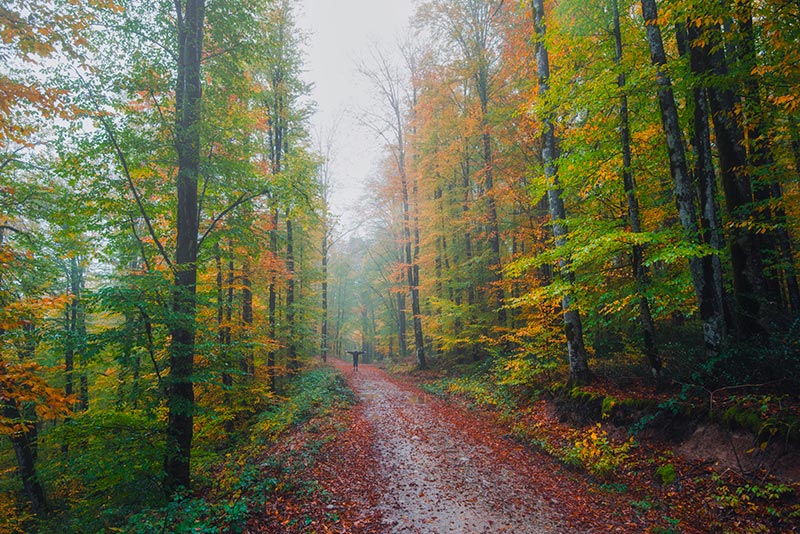 Hyrcanian forests are of great beauty and importance
Hyrcanian forests are of great beauty and importance
Geographical features
As the main climatic barrier and watershed between the Caspian Sea and the arid Irano-Turanian Plateau, the steep ridges of the Talish and Alborz mountain systems serve as an insuperable barrier to
moist air accumulated above the Caspian Sea. As a result, there is ample precipitation feeding many rivers and creeks rapidly flowing down steep slopes and mountain gorges into the Caspian Sea. Thus, the Hyrcanian Forests (sometimes also referred to as “Caspian Forests”), are metaphorically squeezed in between the “claws” of the Caspian Sea and arid drylands.
 The luscious green of the forest and sun rays make mesmerizing scenes
The luscious green of the forest and sun rays make mesmerizing scenes
According to UNESCO, these forests are between 25 and 50 million years old. Their surface area was reduced during the Quaternary Period's dramatic climate changes and glaciations and expanded again when the temperatures stabilized.
UNESCO has documented the existence of over 3,200 vascular plants and 58 species of mammals, including the iconic Persian panther and endangered wild goat.
 Hyrcanian forests are located in 15 regions including Golestan National Park, Abr Forest, Jahan-Nama forest
Hyrcanian forests are located in 15 regions including Golestan National Park, Abr Forest, Jahan-Nama forest
Hyrcanian Forests History
These stunning forests date back 25 - 50 million years when such forests covered most parts of the Northern Temperate region. The site has 15 components, mostly located on higher elevations. They show high floristic biodiversity (3,200 vascular plants), and are home to forest birds and the iconic Persian Leopard.
 Hyrcanian forest is home to various species of fauna and flora
Hyrcanian forest is home to various species of fauna and flora
Biodiversity
This region includes native and ancient plants and biodiversity with the rarest species of the forest such as tree and shrub species, native types of flora and fauna like Persian Leopard, bear, wild goat, red deer, various types of birds and etc.
 Hyrcanian Forests are of biological importance
Hyrcanian Forests are of biological importance
Flora of the Caspian Hyrcanian forests
The natural forest vegetation is temperate deciduous broadleaved forest. 32.7 percent of the volume of Hyrcanian forest is Oriental Beech. A main feature of the region is the lack of conifers; only relics of coniferous species are present, which include European yew, Junipers, Mediterranean Cypress and Chinese Arborvitae.
 Hyrcanian forest provides an ideal habitat for diverse species
Hyrcanian forest provides an ideal habitat for diverse species
Persian Ironwood is endemic to the Talysh Mountains and northern Iran. It also nearly pure stands of the tree can be particularly dramatic, with lichen-covered branches twisting together and only dead leaves in the deep shade of the forest floor. In addition, the ironwood’s yellow leaves turn a faint lilac in the fall.
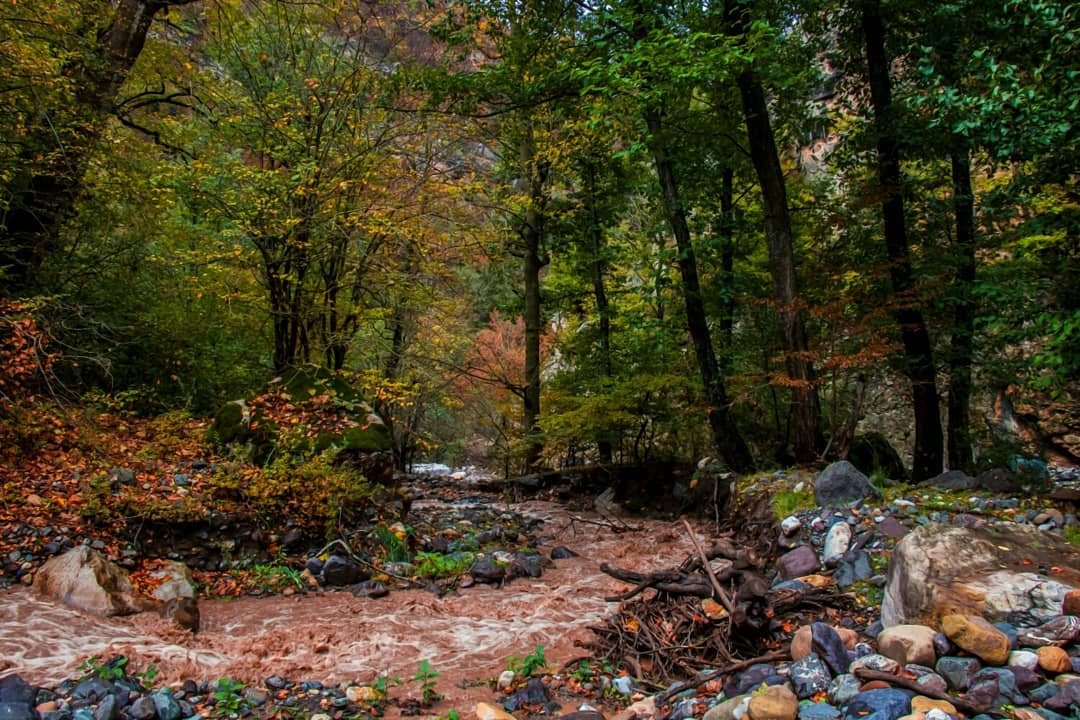 Different kinds of trees are hosted in these forests
Different kinds of trees are hosted in these forests
Above all, Caucasian Oak, Oriental Hornbeam, shrublands and steppes, and Upper mountain and subalpine zones are characterized at the highest elevations.
Related article: Iran’s Prehistoric Hyrcanian Forest
Fauna of the Caspian Hyrcanian Forests
The Caspian tiger once roamed these mountains but is now extinct. Other large mammals here are the Caucasus leopard, lynx, brown bear, wild boar, wolf, golden jackal, jungle cat, badger, and otter.
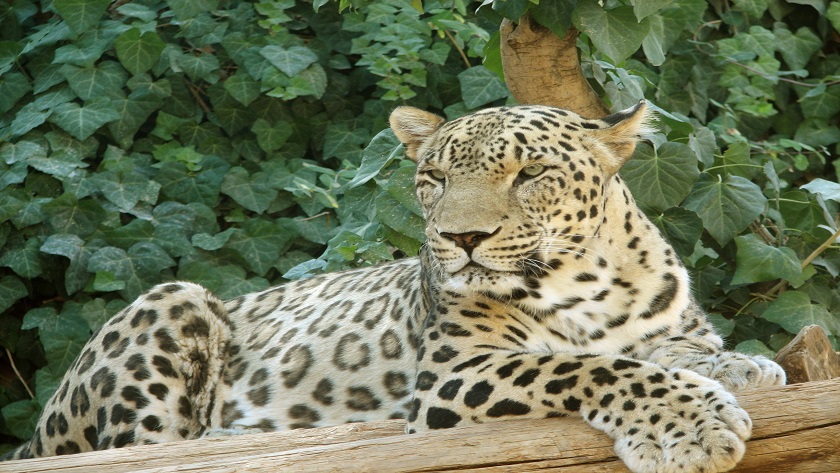 Persian leopard roams Hyrcanian forests
Persian leopard roams Hyrcanian forests
The Hyrcanian forests are one of the world’s most important habitats for the endangered Persian leopard, and 20 individuals are thought to inhabit Golestan National Park. These revered predators depend on the forest’s native ungulates: wild pig, roe deer, red deer, and wild goat.
 Golden jackal
Golden jackal
This ecoregion is an important resting area for birds migrating between Russia and Africa and is thus a key habitat for many bird species. Some outstanding birds that can be found here are the greylag goose, white-fronted goose, Little bustard, glossy ibis, Eurasian spoonbill, night heron, red-breasted goose, peregrine falcon, Dalmatian pelican, Western cattle egret, squacco heron, greater flamingo, white-headed duck, and Caspian snowcock.
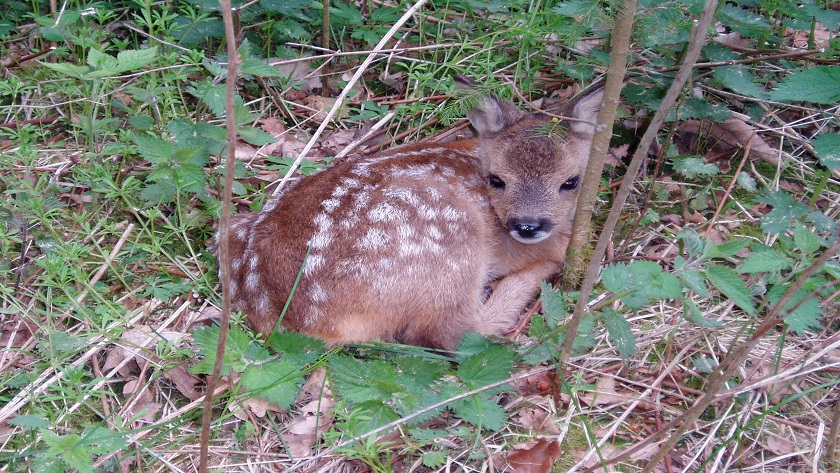 Roe deer
Roe deer
The animals that live in these forests are brown bears, black-tailed fox, leopard, wolf, boar, jackal, marten, hedgehog, rabbit, badger, Allegheny woodrat and wild cat, etc.
Hyrcanian Forests; a natural treasure
This precious piece of land hosts many relicts, endangered, and regionally and locally endemic species of flora, contributing to the high ecological value of the property and the Hyrcanian region in general.
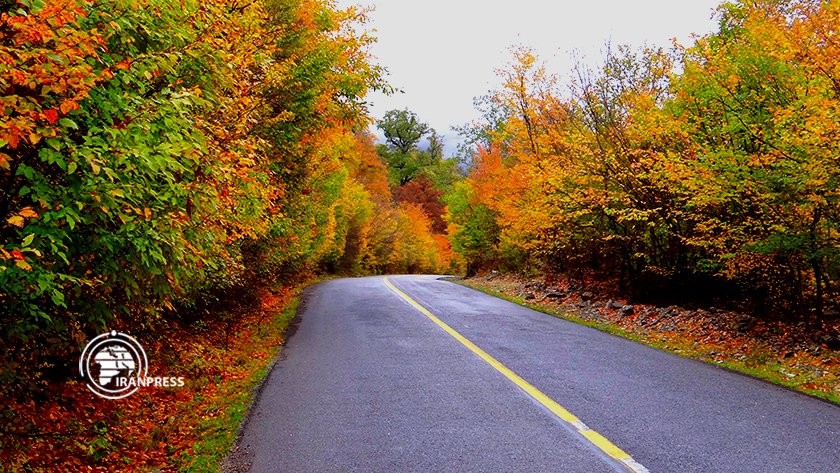 Hyrcanian Forests are among top tourist attractions in Iran
Hyrcanian Forests are among top tourist attractions in Iran
The stunning and untouched nature of the Hyrcanian Forest is one of the main reasons why many travelers and nature lovers got attracted to this forest. The Hyrcanian Forest is the most significant potential for tourism in the north of Iran, and being close to the Caspian Sea has caused this region to be even more attractive. Also with its rich flora and fauna and many plant fossil, the Hyrcanian Forest is a great place for geologists and scientists, as exploring it provides so much scientific information.
Read More:
Iran tourist spots in Autumn; Hyrcanian forests in north and Kish island in South
Ashkan Salehian

